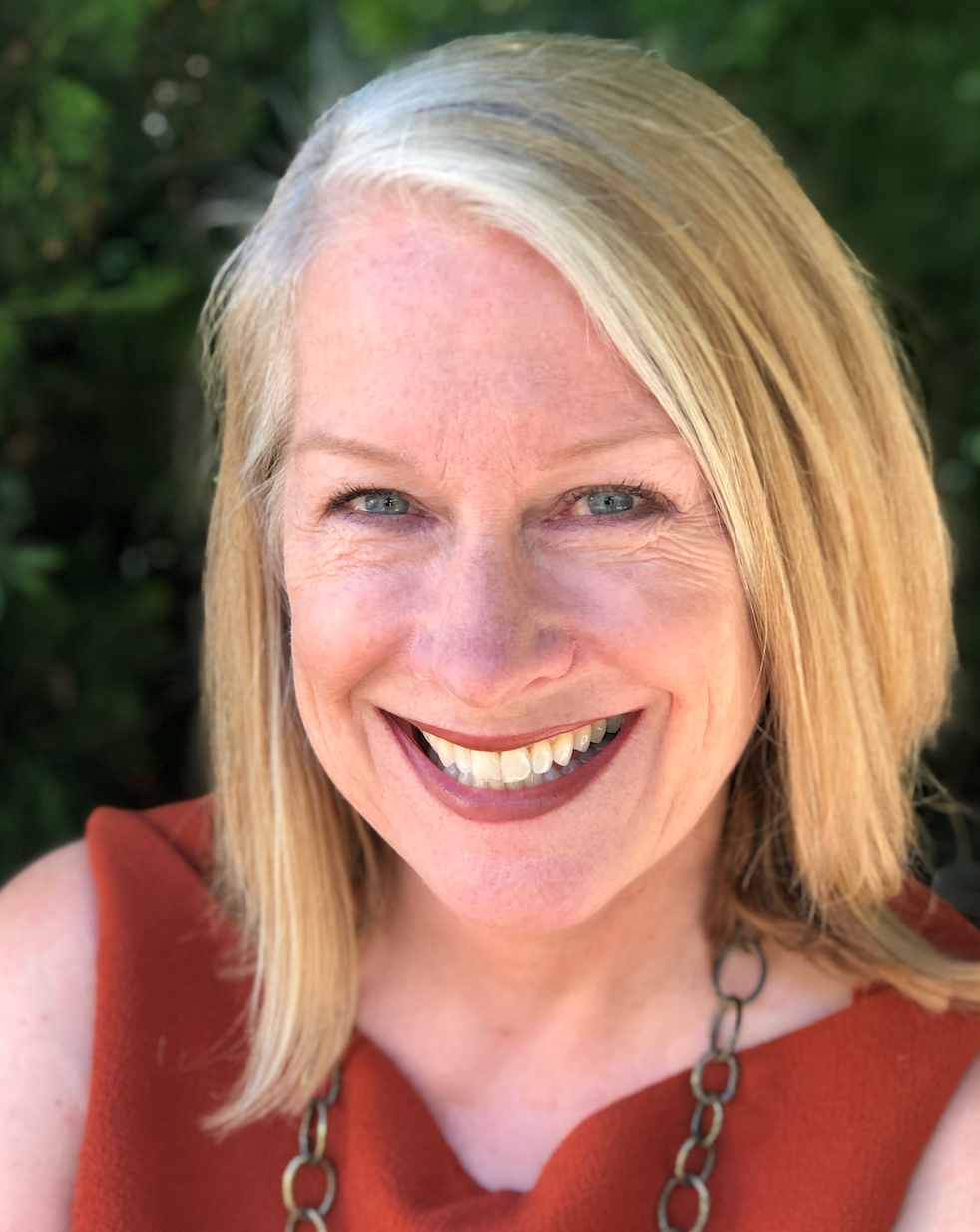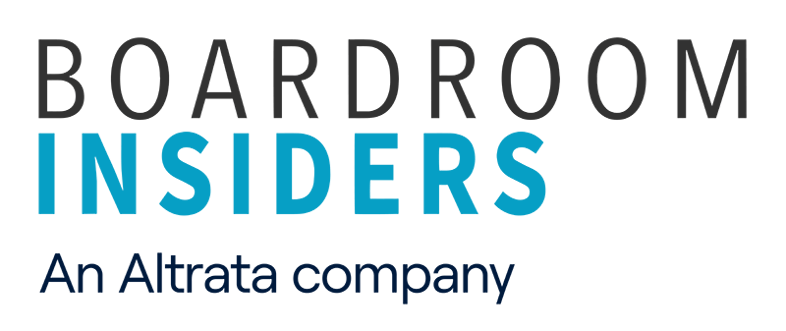 A career in sales can be very lucrative. So much so that many people try their hand at it at least once in their careers. Yet if success in sales were easy, everyone would be a sales star. Anyone who has ever tried sales--or managed a sales team--knows this is definitely not the case.
A career in sales can be very lucrative. So much so that many people try their hand at it at least once in their careers. Yet if success in sales were easy, everyone would be a sales star. Anyone who has ever tried sales--or managed a sales team--knows this is definitely not the case.
Success in sales typically follows the Pareto Principle, also known as the 80/20 rule. In other words, 80 percent of a company’s sales tend to come from just 20% of the sales team--and the top performers consistently close bigger deals more often.
A sales manager we know once quipped, “If I could bottle what the top 20% are doing and give it to the other 80%, we would be in great shape!”
While bottling success is not going to happen any time soon, you can leverage sales stars’ secrets and practices and use them to boost the performance of the rest of your team.
Process – Plan – Execute – Measure - Refine - Repeat
1. Process
All great salespeople have a process they follow. They start by understanding their product/service in detail: what needs does it fulfill? What challenges/problems does it solve? Who buys it and how much are they willing to pay? How is it different from what the competition is offering? Armed with this knowledge, they set activity/process goals: how many calls to make per day (and how many will be cold calls or referral calls), how many presentations they will make per day/week/month, how many proposals they will generate. Notice that all of these are goals they can actually control.
Then they set goals over which they have no direct control: how many deals they will close per month, overall revenue targets, average deal size, etc.
And they write them down.
2. Plan
A successful sales plan should outline strategies and tactics that you will use to acquire new business, which should include cross-selling and upselling current clients. A sales star sets targets, such as 75 percent new business and 25 percent of business from current customers.
A very simple sales plan could include the following:
- Exceed my quota (write the things you’ll do to accomplish this, such as number of sales calls you’ll make each day, etc.)
- Increase awareness among prospects (this could include joining a professional association or attending a trade show)
- Increase awareness in the community (join the local Chamber of Commerce or other business networking group).
- Obtain referrals from happy customers
- Upsell and cross-sell happy customers
3. Execute
This step is pretty simple, just do as you say you’re going to. In other words, make the sales calls, ask for the referrals, join the organizations, etc.
4. Measure and Refine
As you execute your plan and process, make note of which activities yield more success than others. Then refine your plan to include more of those successful tactics. For example, are you finding that referrals are landing you more sales than cold calls? Then ask for more referrals.
Are you finding that a certain segment of your target market is buying more from you than
another? Target that segment more often.
Do you find that it takes about seven touches before a prospect will even meet with you? Then make sure you touch each prospect at least seven times, and make a plan on how to do so.
5. Repeat
By taking all of these steps, you should eventually arrive at the sales formula that yields the best results. Then it’s time to hit the repeat button, doing more of what actually works.
In short, sales superstars tend to know exactly who their best prospects are and what works. They set goals, execute to plan, and then refine their plan. And they do it over and over, again, and again, and again.
Do you need help understanding who your prospects are and what they need? Many sales superstars use Boardroom Insiders to do their homework on customers so they can close bigger deals, faster. Check out our sample profiles and see if Boardroom Insiders is a good fit for you.






Share Your Thoughts